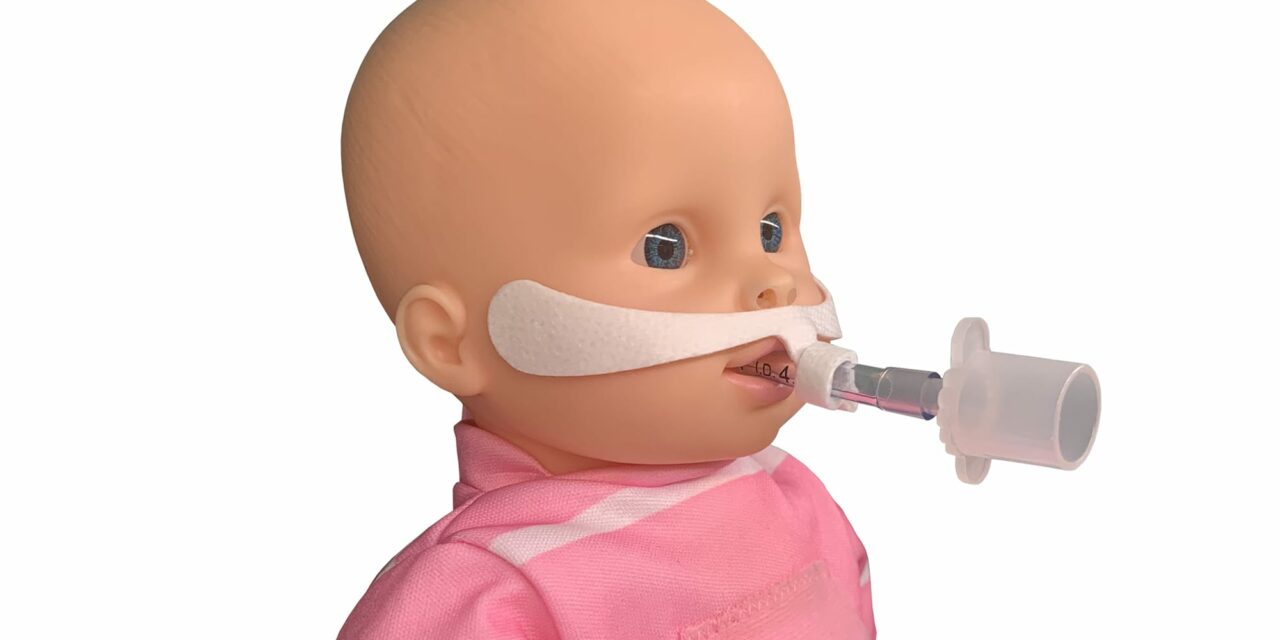For patients requiring mechanical ventilation, proper securement of endotracheal tubes can be a matter of life or death. Tube dislodgement puts airway stability and oxygenation at risk. Yet effectively immobilizing artificial airways presents unique challenges in dynamic ICU environments. Addressing securement concerns is key to avoiding tube-related complications.
Assessing Risk Factors
Several factors impact the risks of accidental tube removal or displacement:
Restlessness/Agitation – Confused or combative behavior.
Underlying Conditions – Trauma, seizures, and edema.
Equipment Interference – Ventilators, monitors, and wound care.
Body Movement – Turning, transfers, and personal care.
Inadequate Securement – Loose tape and displaced holders.
Proactively identifying risks allows tailored precautions to stabilize endotracheal position.
Selecting:Optimal-Securement Devices
Traditional tape lacks reliability for endotracheal immobilization. Specialized devices offer greater tube stabilization like:
Adhesive Anchors – Secure to face, anchor tube position.
Tube Fasteners – Low-profile, snap-onto a tube for cephalad control.
Holder Sets – Double locking prongs, and velcro straps distribute tension.
Designs accommodating anatomy and ventilation needs while avoiding pressure sores enable durable endotracheal securement.
Integrating Securement into Care
Securement should not obstruct ventilation requirements or clinical care:
Position above the cannula cuff to avoid pressure effects.
Allow proper neck flexion and oral care access.
Choose hypoallergenic materials for skin integrity.
Ensure compatibility with tracheostomy ties and oxygen tubing.
Ongoing Assessment is Key
Thorough assessment ensures lasting tube stabilization:
Verify correct depth and position frequently
Check skin under the device for redness indicating pressure
Confirm adequate stabilization range of motion
Watch ventilation waveforms for occult leaks and obstruction
Document securement method and all evaluations
Proactive Monitoring Safeguards Airways
From initial device selection through ongoing checks, prioritizing tube stabilization protects oxygenation and reduces risks like inadvertent extubation. Keeping potentially life-saving airway equipment reliably positioned enables other aspects of critical care.
Partnering for Airway Safety
At Bandb-Medical Technologies, we offer a range of endotracheal and tracheostomy securement options designed for lasting stability across patient types and environments.
Our clinical support services assist in incorporating airway immobilization into ventilation care plans.
Contact us today to evaluate tube holders addressing your unit’s unique airway needs. Together, we can safeguard your patients’ breathing
The Best Products We Offer
- Bubble CPAP
- Cpap For Newborn
- Neonatal CPAP
- Infant Cpap
- Nasal CPAP
- Bubble CPAP System
- Nebulizer
- continuous Nebulizer
- Large Volume Nebulizer
FAQs
Dislodged or obstructed tubes put oxygenation and ventilation at risk. Effective immobilization is vital for patient safety and managing airways.
Agitation, underlying conditions, body movement, ventilation equipment adjustments, wound care, improper securement methods, and inadequate assessment.
Specialty adhesive anchors, tube fasteners, and holder sets with velcro straps provide more reliable, adjustable securement over tape alone.


